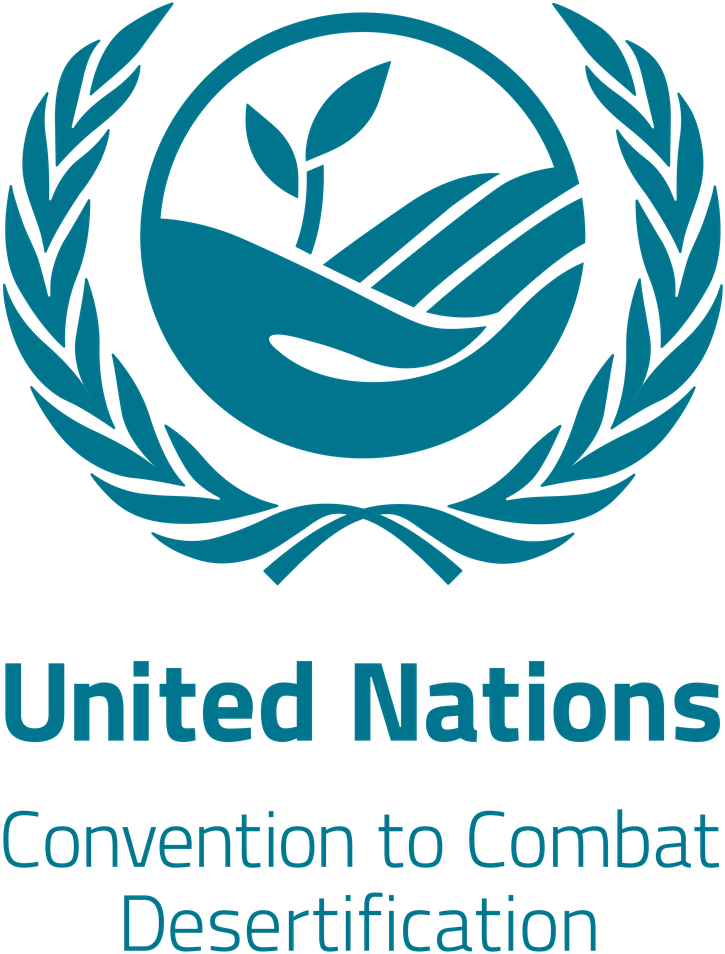Sorry, but we take our time…
As Tree Plant Organisation (TPO), we are not interested in the number of trees we plant/sow but rather we are interested in the management and policies of the forests we plant. We do this together with local people.[image src=”/assets/Uploads/9F455224-5AC9-44C6-88EC-4D0103291AED.jpeg” id=”1422″ width=”200″ height=”250″ class=”right ss-htmleditorfield-file image”] In other words, for OZG, what matters is not how many trees are planted but how many trees per hectare will still be there after 30 years to achieve carbon capture of 70 tCO2/ha. We therefore aim for 280-300 trees per hectare (in semi-aride area). If after 5 years we count fewer trees than envisaged, then additional sowing is simply done.
We prepared this phase very well so that with accurate data we can enter the next phase (CO2 capture) to choose our partners with care (to be continued).
Advantages of a direct sowing method (instead of plant nurseries):
– more efficient
– cheaper
– easy to adjust
– lower mortality (greater chances of survival)
Forests with high biodiversity for higher prosperity
For OZG/EwF, forest is not the objective but the means to realise socio-economic impacts for local people. The best compliment we can then receive is to get the request from the chiefs of the villages where we have already established forests to establish more forests with OZG/EwF.
[image src=”/assets/Uploads/tempImagecrXFhk.bmp” id=”1424″ width=”200″ height=”267″ class=”left ss-htmleditorfield-file image”]The reason why is not far to seek. The first 750ha in Mbar Toubab (2019-2021) involved 11 villages, the last 1250ha of new forest in Téssékéré (2022) involves 17 villages. Women are paid for harvesting seeds and collecting manure. Sowing the forest is also paid for. The sites are guarded by several guards appointed by the village council. A number of trained “supervisors” are also provided to check whether the work is done properly. Dozens of jobs that provide regular and guaranteed income. Several hundred people are employed during the sowing season. All this creates a real boost in the wider area. Meanwhile, selling grasses during the drought season provides the first regular income.
This modus operandi ensures that our forests are managed and protected by local people. Even in the medium and long term.
By 2023, we will double our efforts and scale up to a total area of 4,000ha. Of course, we take the wishes of local people into account when Eaux & Forêts and ASERGMV (Great Green Wall agency) allocate the sites. It guarantees the growth and expansion of forests.
Experience it with your own eyes and ears.
The winners of the Lignaverda Challenge 2021 at Httpool and Antargaz had the opportunity to visit the landscaped forests with us and also had the chance to interact with local people. This way, they experienced the transparent nature we attach great importance to, they experienced the sometimes quite difficult conditions in the field and last but not least they did some field work by counting trees and the different species.
Finally, at our headquarters in Dakar, we met Secretary General Maodo Malick NDAO of the agency of the Great Green Wall in Senegal (ASERGMV) with whom we made agreements for the next 5 years.
Result of this experience? Mind blowing stuff 😉



